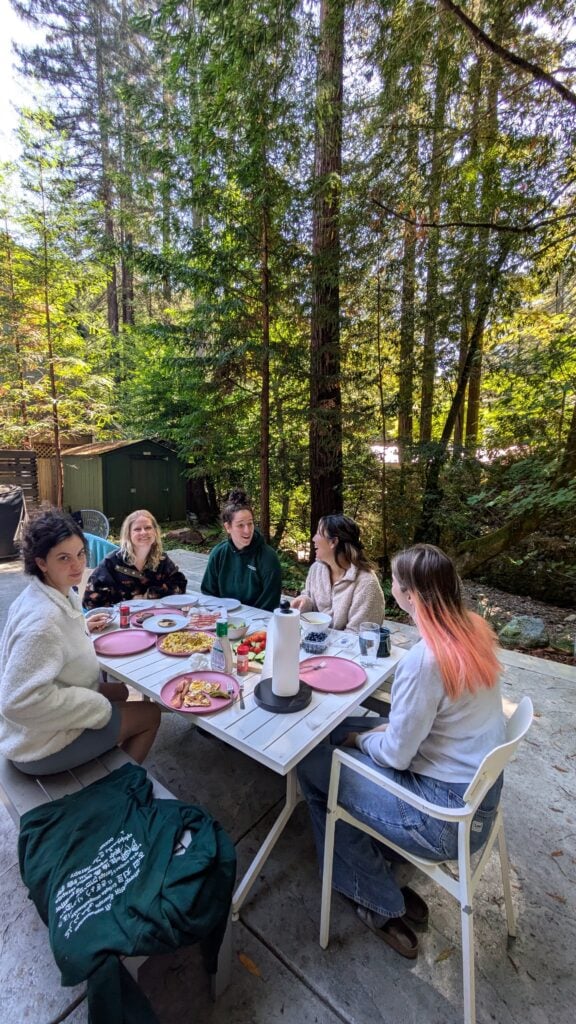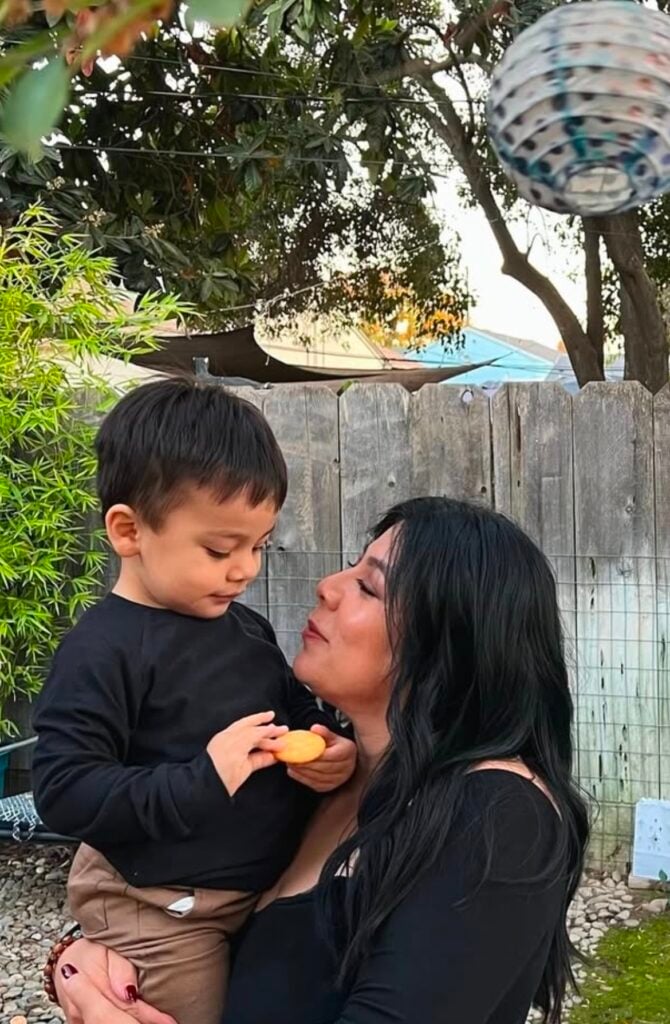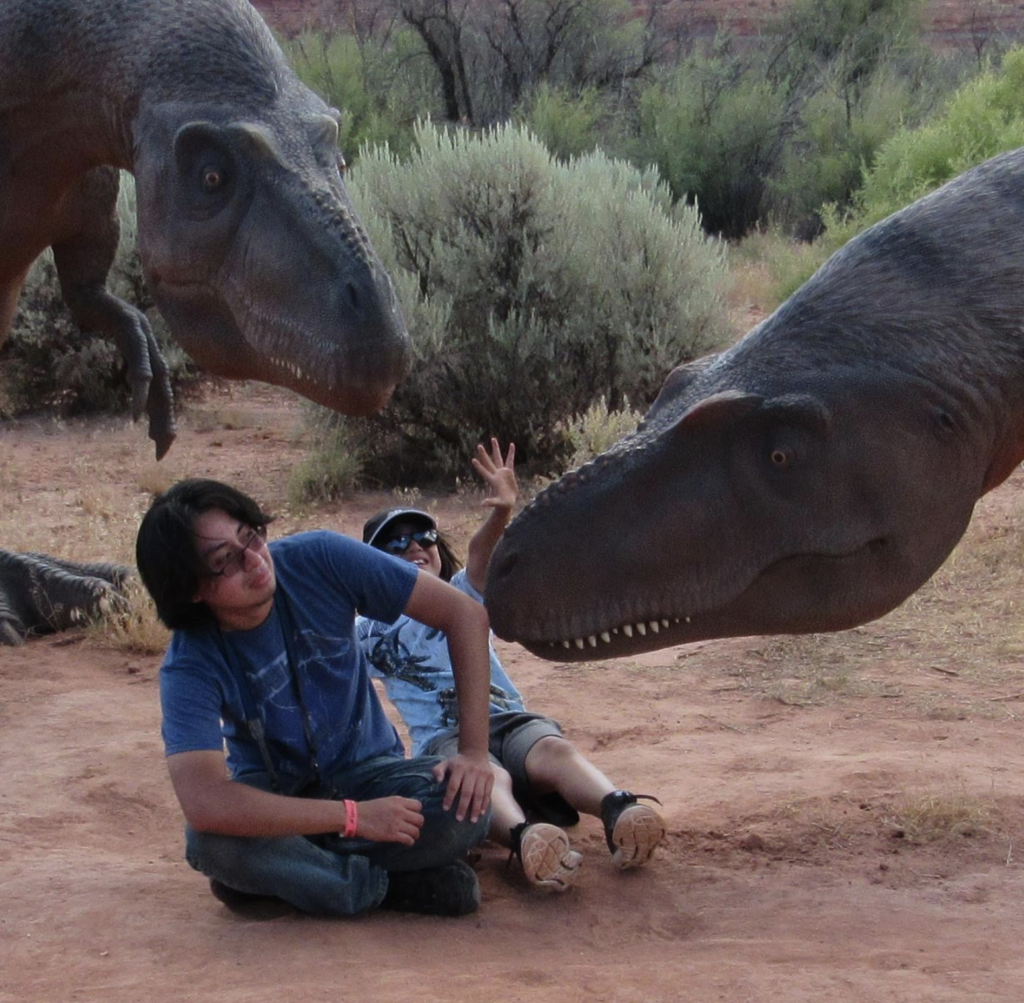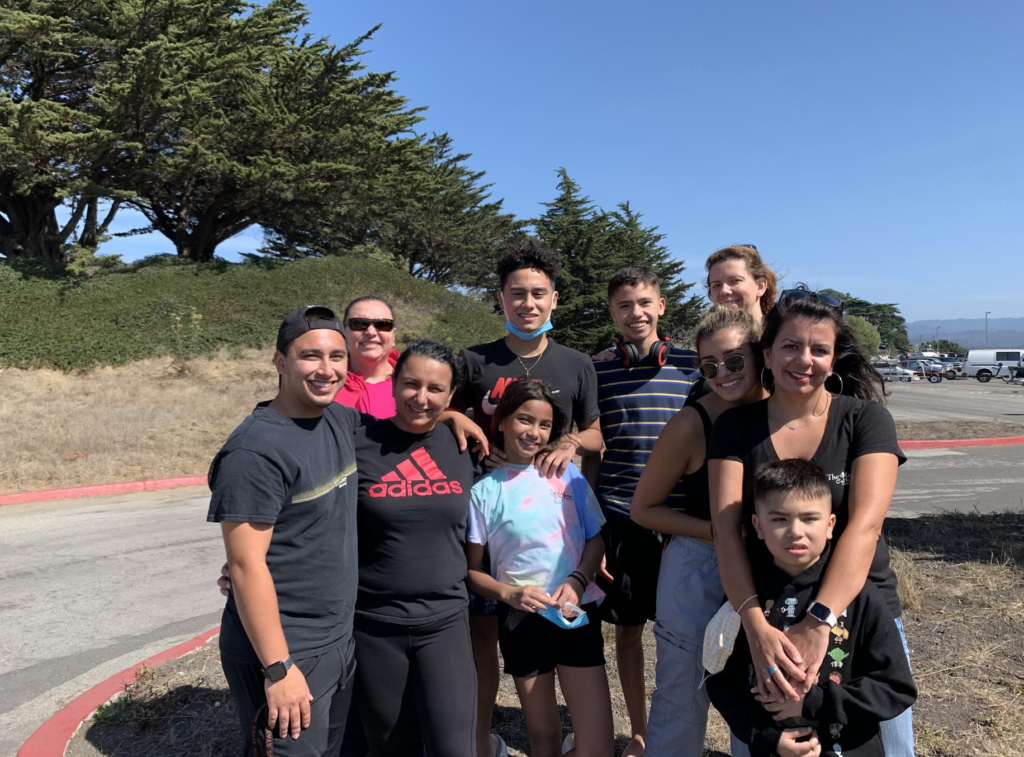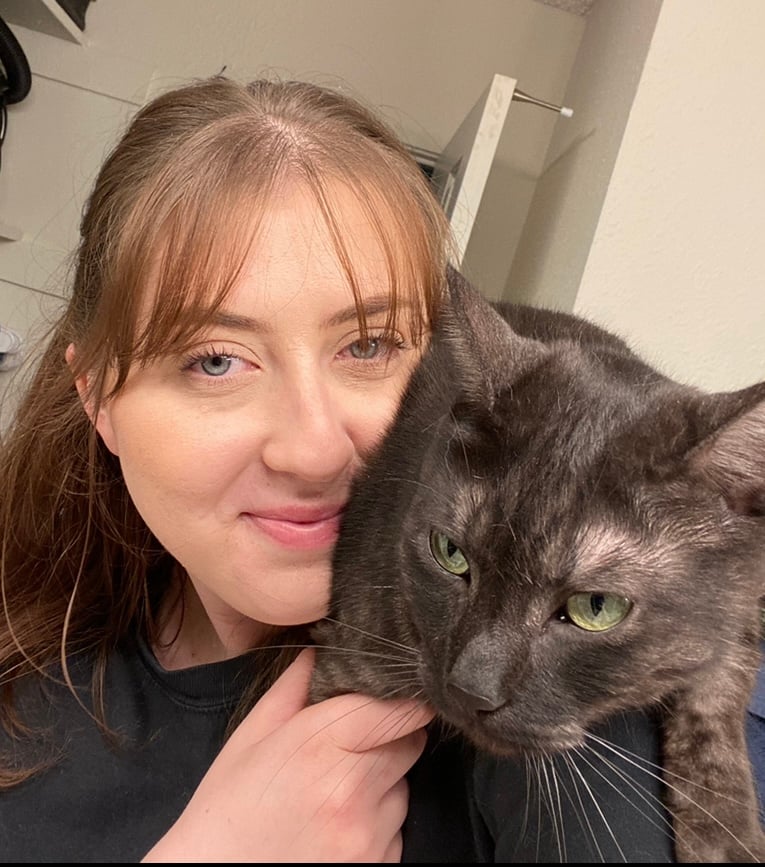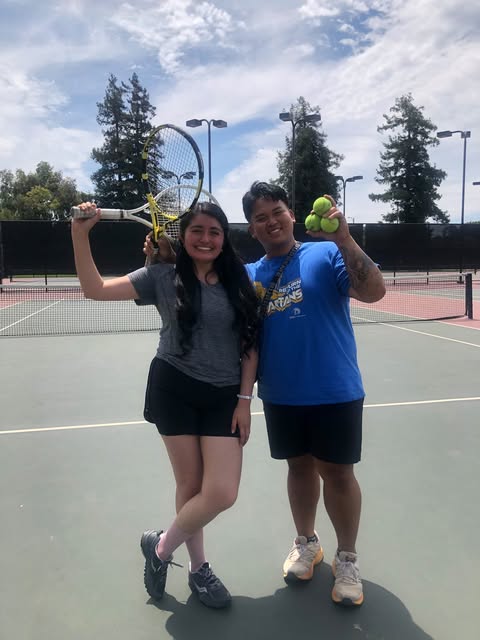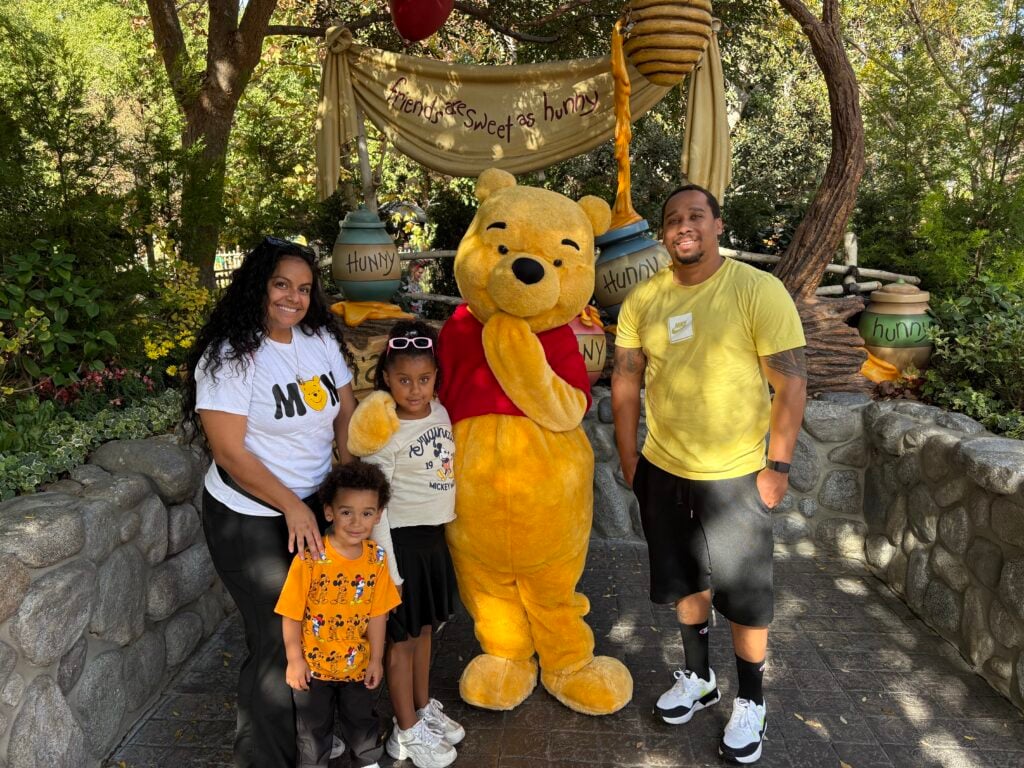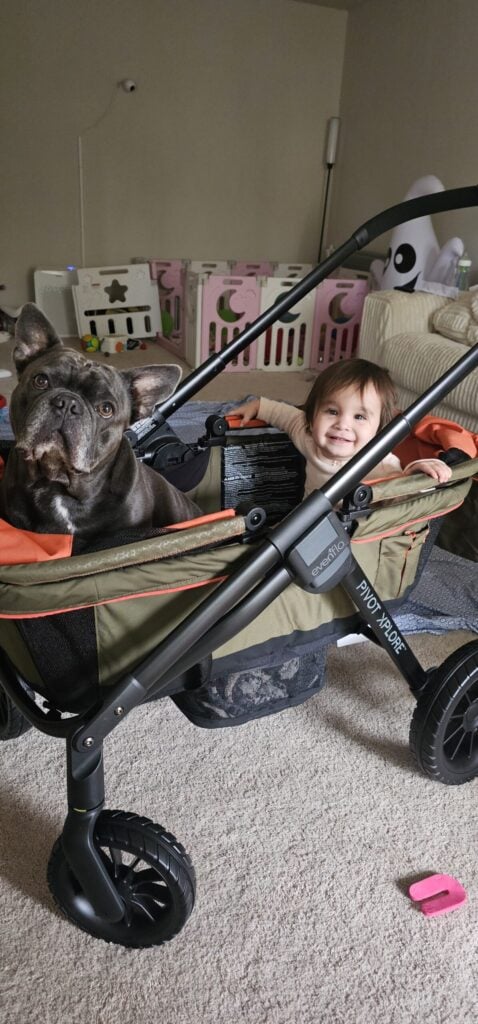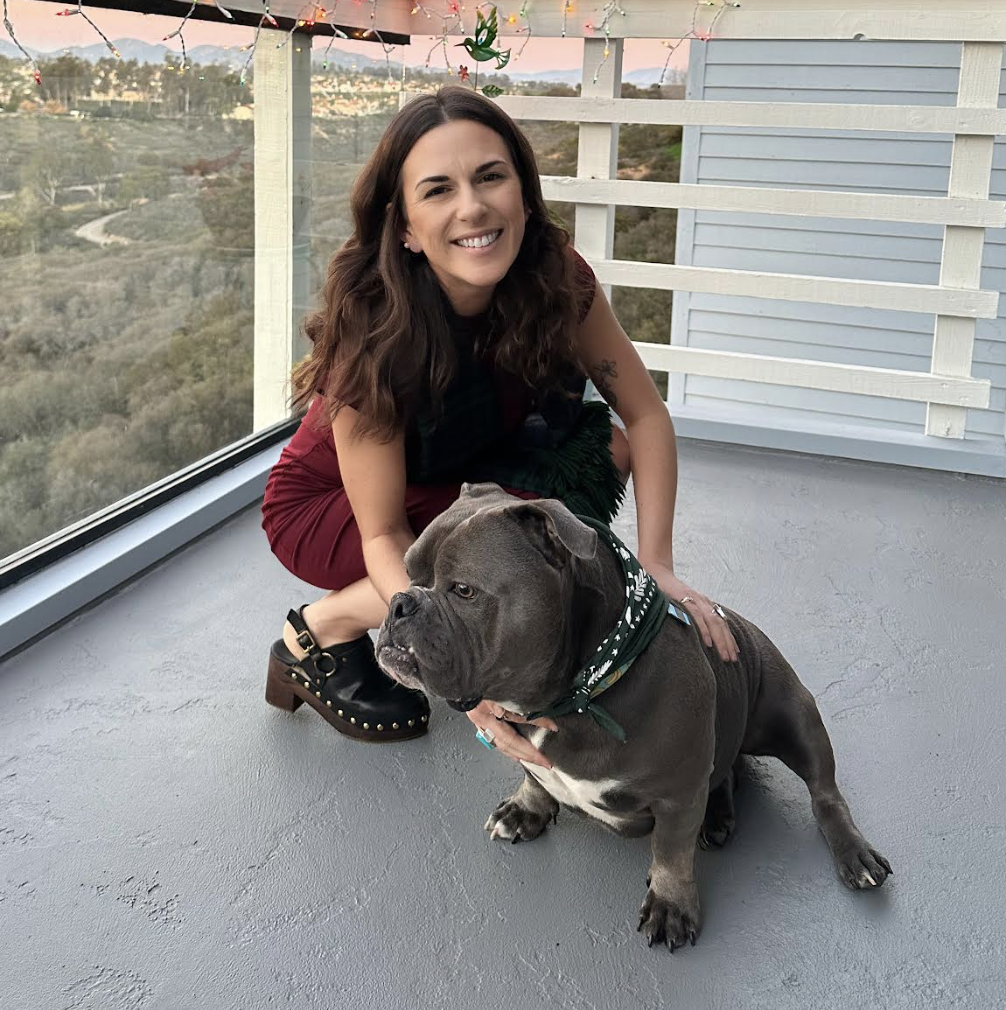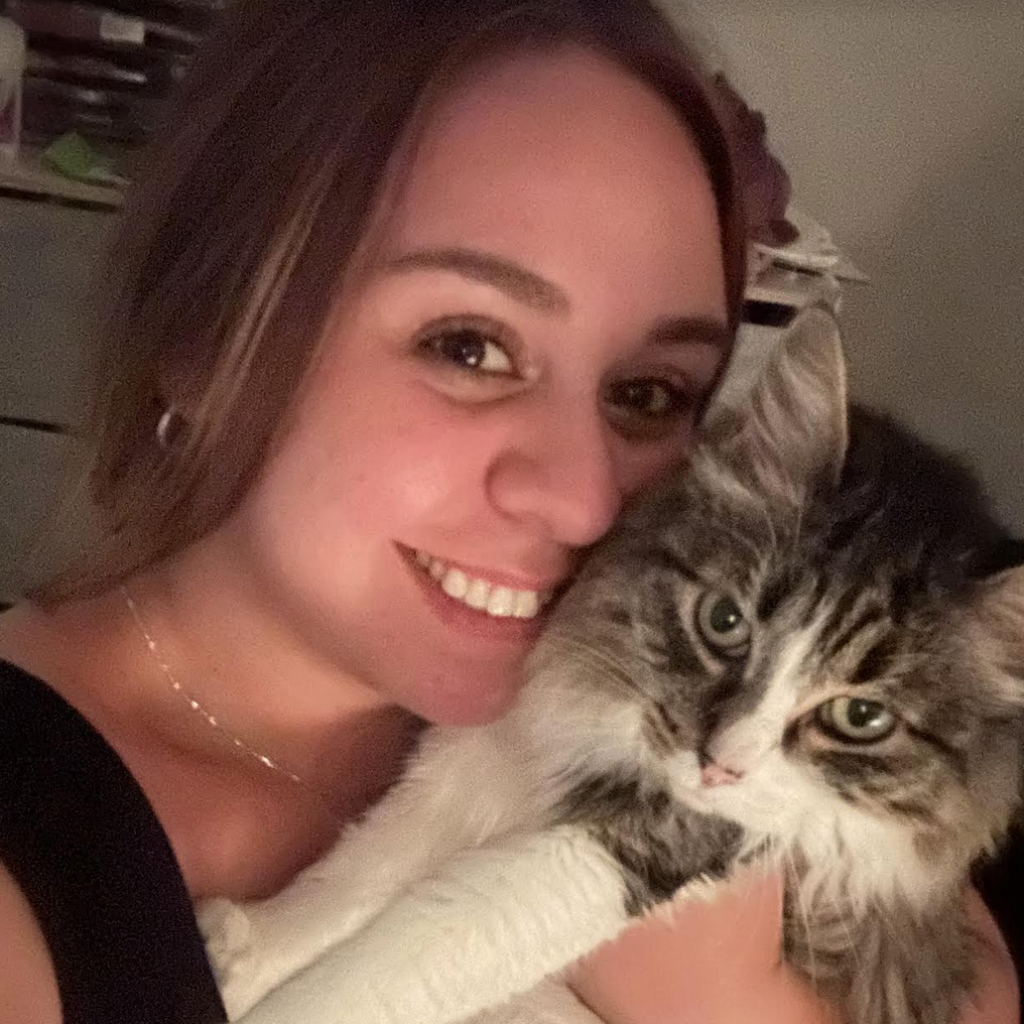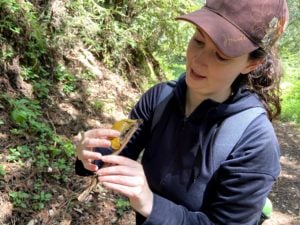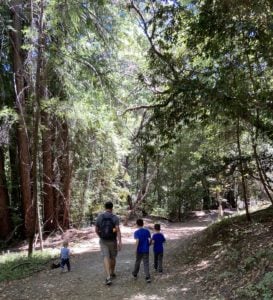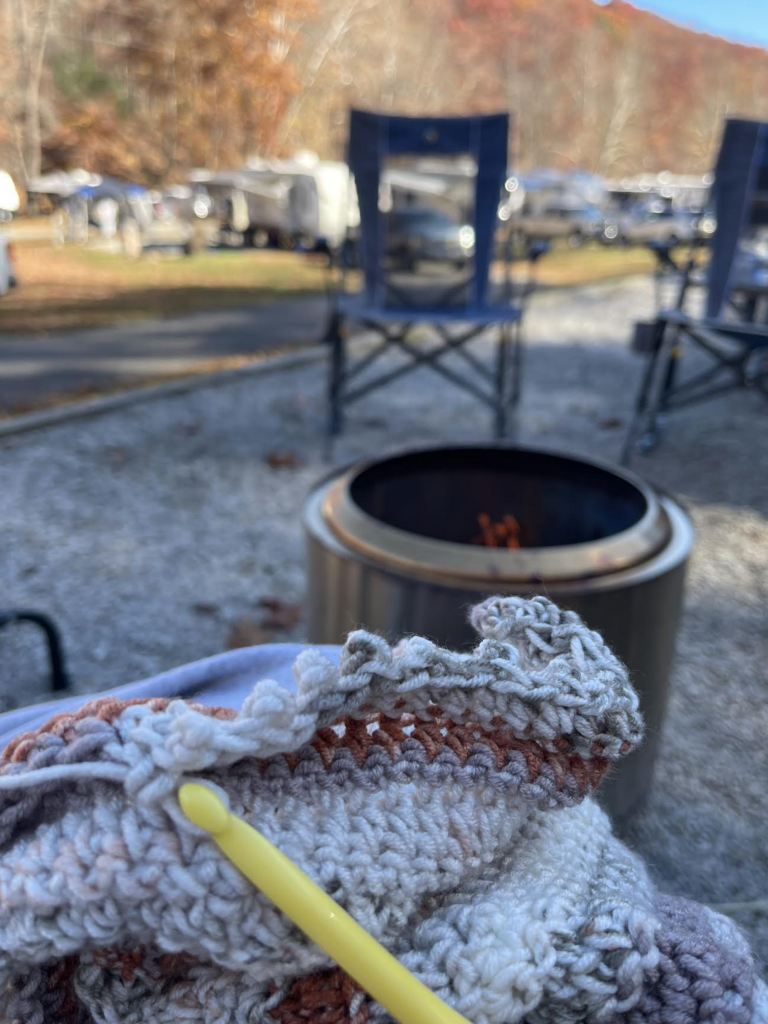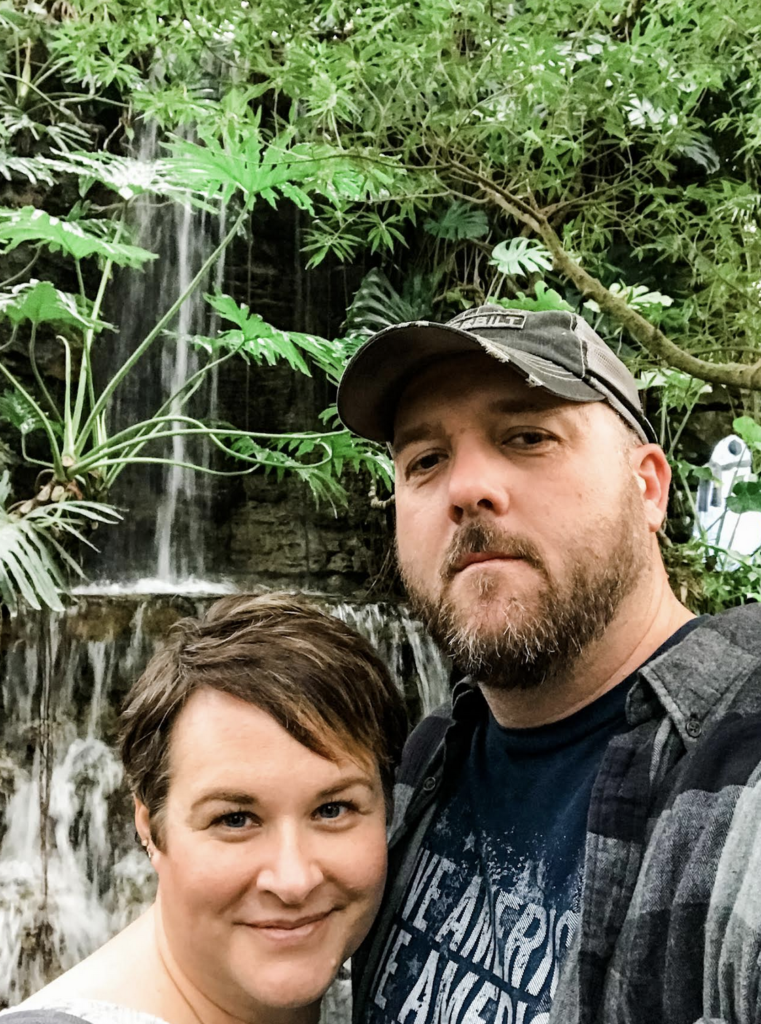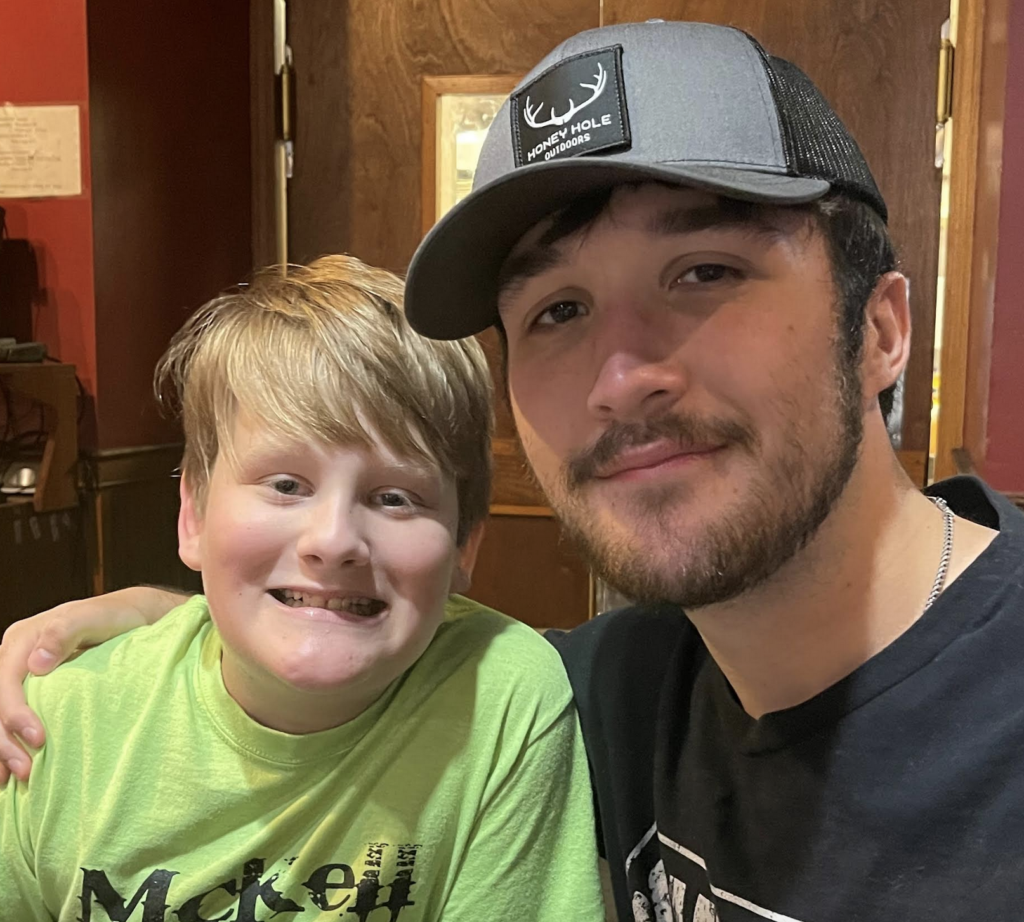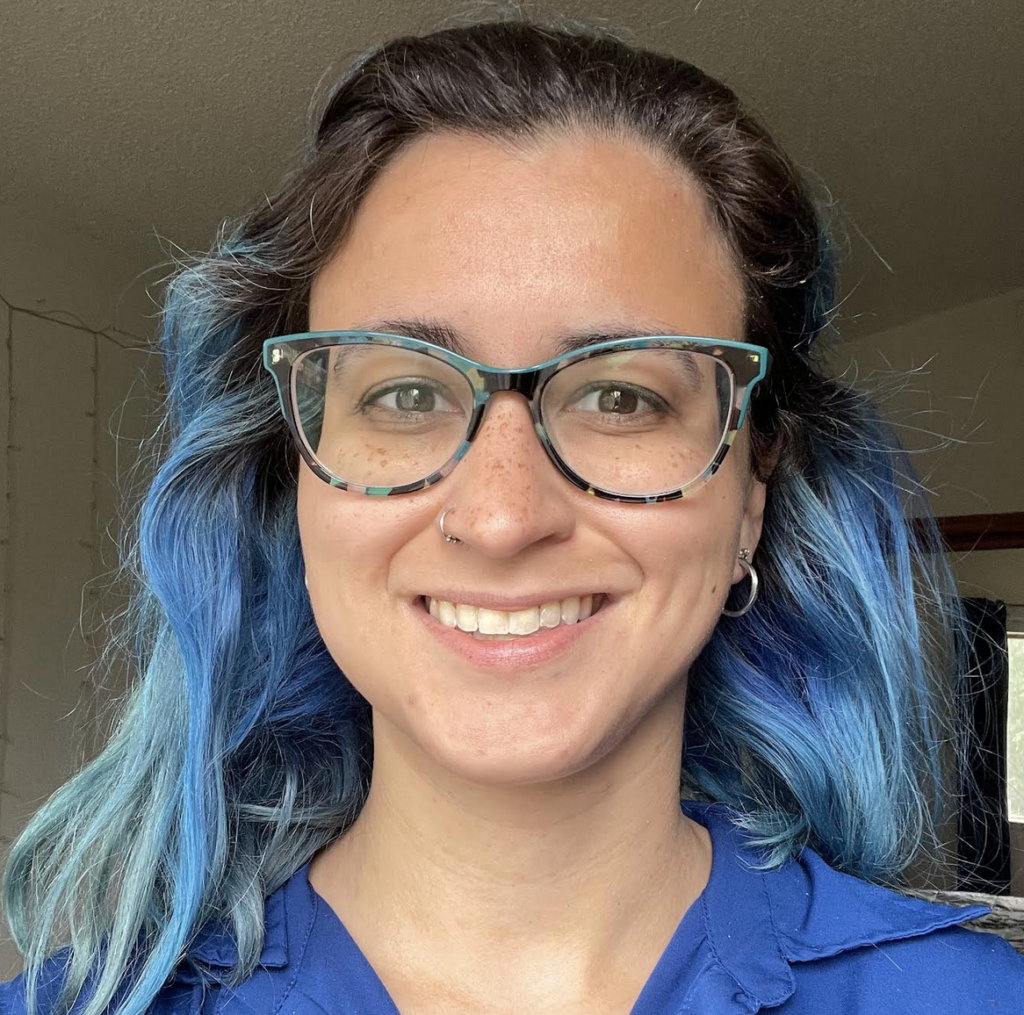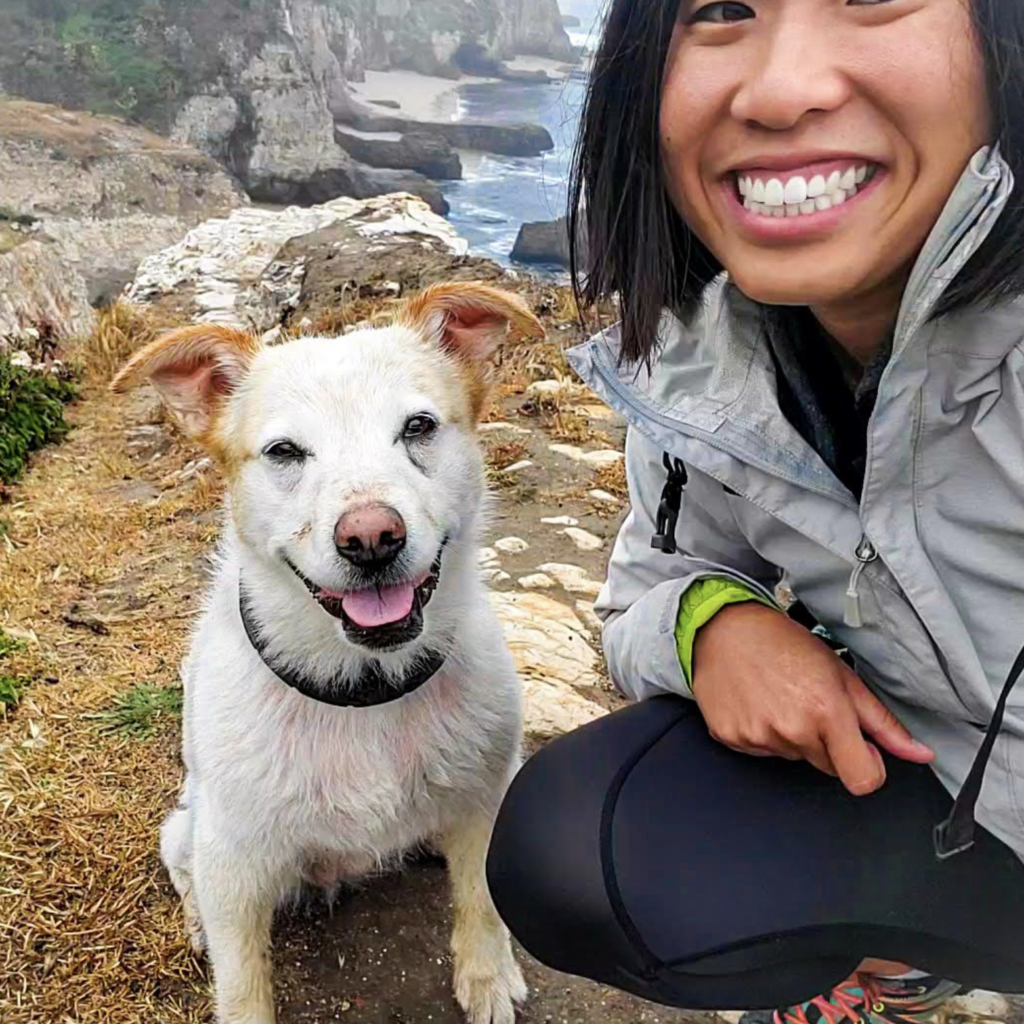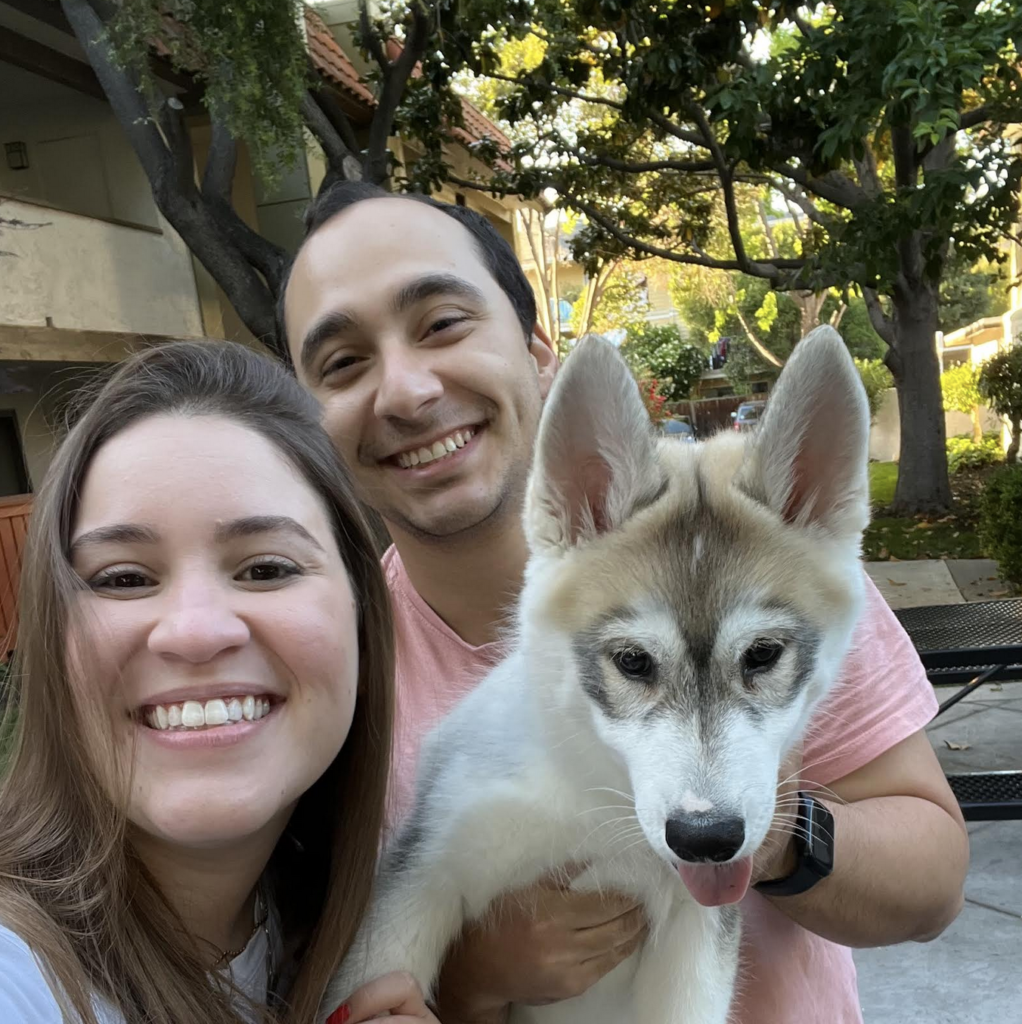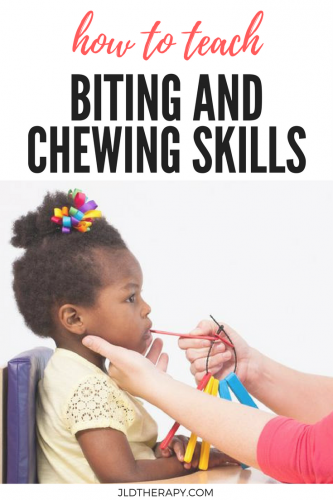
Learning how to bite down and chew starts at around 5-6 months of age and only continues on from there. It’s a vital stage in the feeding development and when it is missed, steps must be taken to make sure they develop the ability to bite and chew on their own.
How can I do to encourage my child to bite down and chew?
While food is always the best way to teach biting and chewing, I will be showing you a different and effective technique to help work out the muscles within the mouth, especially for those who cannot use food quite yet to practice with.
If you want to practice this skill outside of meals or snack times the use of an oral chew is a great solution! I recommend the ARK Grabber® or the Y-Chew® to practice chewing on the back gum muscles or teeth. I recommend ARK Therapeutic to my patients frequently.
They are super easy to use at home and most kids will see this more of a toy than a tool to help them. They will get a kick out of using it, but most importantly, it’ll help them with a number of different things. Some of the benefits include: getting used to different textures, movement of their jaw and tongue, and opening and closing their mouths.
You want to take it one step at a time, so learning the vocabulary is also a huge step in learning how to do these actions. Start off with “bite”, they can’t chew without knowing how to bite down. So every time you eat and take a bite, do it slowly and tell them “bite” so they start to put the word with the action. After they start to understand “bite”, then more onto “chew” and repeat the same concept till they get a better understanding.
After the vocabulary is down, start to show your child how fun and rewarding it can be by doing it yourself. Show them how to chew on it and bite down as hard as you can and make it look fun! If they see you having fun, they will want to join in on the action. Let them stick it in your mouth or take turns with putting it in a puppet’s mouth so they can see there’s nothing to it. Also try it out with food related items or other teething toys that they seem to enjoy.
In the beginning stages, you may have to help them get adjusted to the movement and help work out their jaw. Start by having your child open their mouths and place the oral chew tool into their mouths then help them close their mouths and keep it in place. Then proceed to open their mouth and place the chew tool in another area of the mouth and close it once again. Repeat the process for about 3-5 minutes and do it daily.
Once you feel that your child is getting the hang of biting, you’ll want to move on to chewing. Place the tool inside their mouths and have your child (you still may have to assist them) close their mouths, but instead of keeping it closed, go ahead and open and close in a chewing motion. It may help if you are doing the movement with your jaw, as well, so your child can watch you while you assist them. Move the tool to another spot of their mouth and repeat the process daily for about 3-5 minutes in different spots of their mouths.
Once you feel like your child is showing some improvements with the oral motor tool, gather up some other chewing toys that they have taken an interest in that have different textures to them or even some table foods. Start the process all over again if they are at a loss, and assist them with biting and chewing till they get more comfortable with the action. This will teach them about different textures so they won’t be afraid later to put other things in their mouth.
Repetition is key when it comes to helping your child overcome this milestone. Practice makes perfect and remember, every child reacts differently to certain tactics. This may not work for some, but it can work with persistence and altering it to fit your child’s needs.













